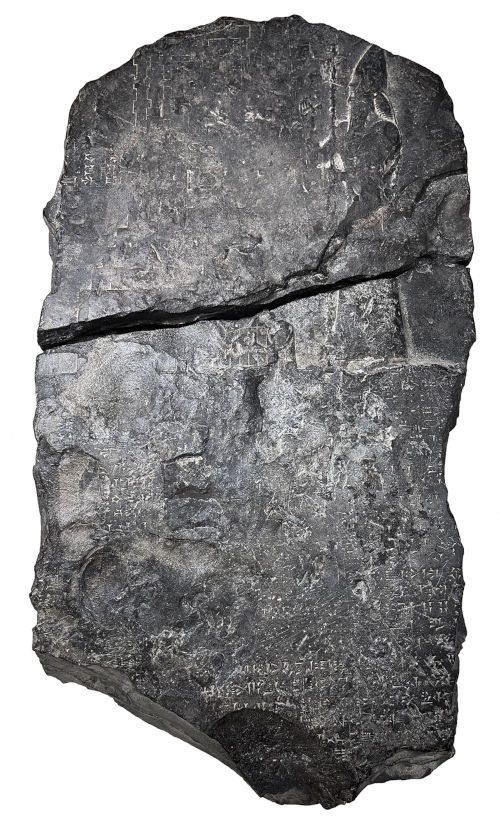You are seeing an unstyled version of this site. If this is because you are using an older web browser, we recommend that you upgrade to a modern, standards-compliant browser such as FireFox [http://www.getfirefox.com/], which is available free of charge for Windows, Mac and Linux.
Babylonian Administrative and Legal Texts
This project contains 2,990 Babylonian administrative and legal texts from the Neo-Babylonian, Persian, and Hellenistic periods (c. 626–93 BCE). Stemming from the Eanna and Ebabbar temple archives in Uruk and Sippar and from private archives in Sippar, Babylon, Borsippa, Nippur, and Uruk, these texts give a picture of the administration and daily economic activities at ancient Babylonian cult centers and private households.
These texts have been transliterated by a number of scholars specializing in first millennium cuneiform sources. The great majority of the texts were transliterated by the late János Everling, a Hungarian scholar who pioneered the practice of making cuneiform transliterations available online. His translations cover the texts published in AnOr 8, CT 49, GCCI 1–2, Nbk, TuM 2/3, UCP 9/1, UCP 9/3, UCP 9/12, VS 3, and YOS 17. Yuval Levavi and Caroline Waerzeggers provided transliterations and translations for the texts published in dubsar 3 and OLA 233.
Within the context of Oracc, the BALT project is special in that the lemmatizations, part of speech tags, normalizations, and sense tags were not done manually but rather semi-automatically, i.e. with the help of trainable language models. More information on how this was done will be made available in a forthcoming publication. These models are largely but not completely accurate, hence certain words in the BALT corpus are still not lemmatized or may have their lemma, normalization, POS tag, or sense wrong. According to our evaluation, about 93% of lemmas, 96% of POS tags, and 70% of normalizations are correct.
The lemmatizations for all BALT texts as well as other Babylonian administrative and legal texts annotated in the same fashion are available in CONLL-U format as Zenodo repositories here [https://doi.org/10.5281/zenodo.14186072] and here [https://doi.org/10.5281/zenodo.14223709].
To browse the texts, click here.

A stele depicting Nebuchadnezzar II and the Etemenanki ziggurat of Babylon. Photo by Olof Pedersén CC BY 4.0 [https://creativecommons.org/licenses/by/4.0/], published in Olof Pedersén 2023, "The Tower of Babylon Stele Found in Babylon", Iraq 85, 179–191.
